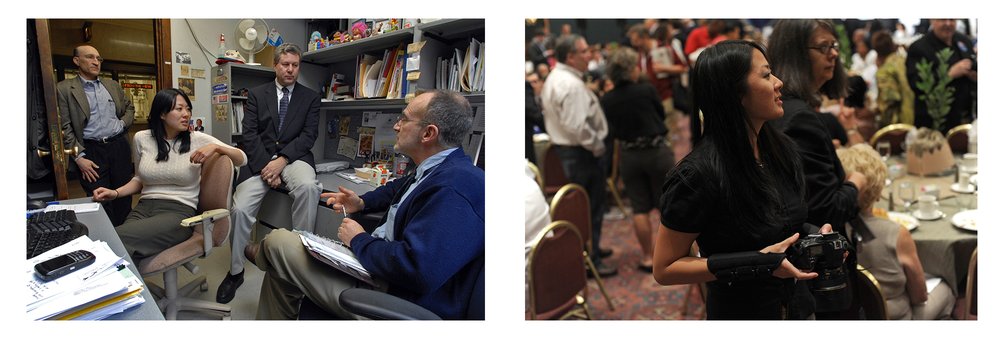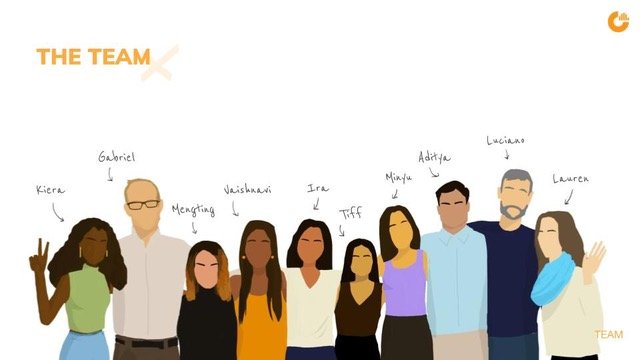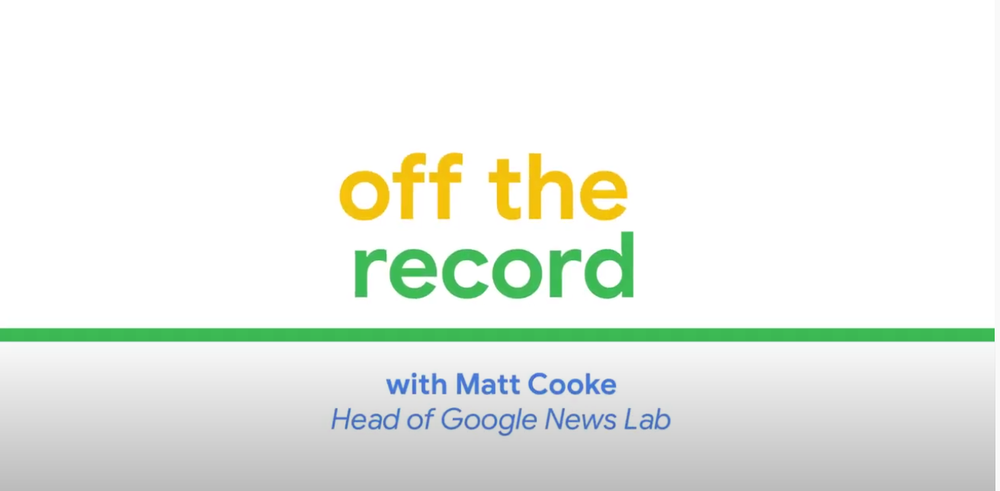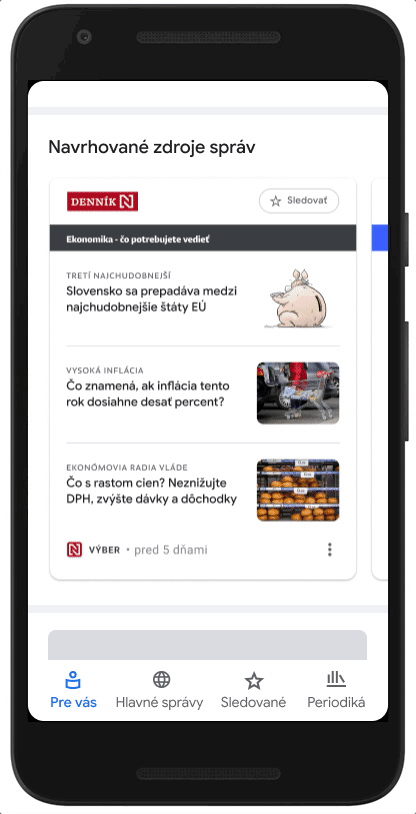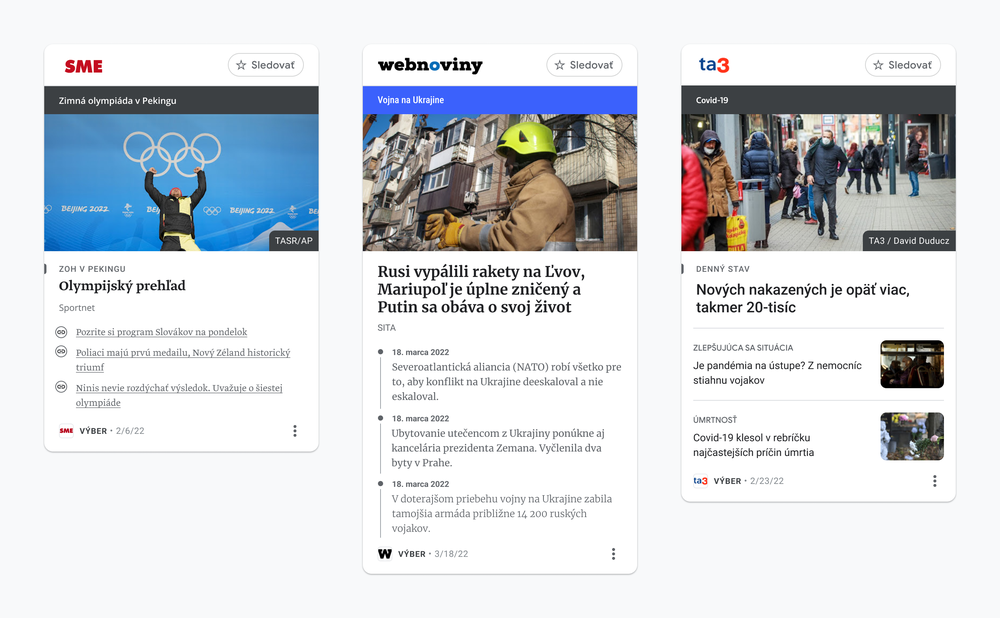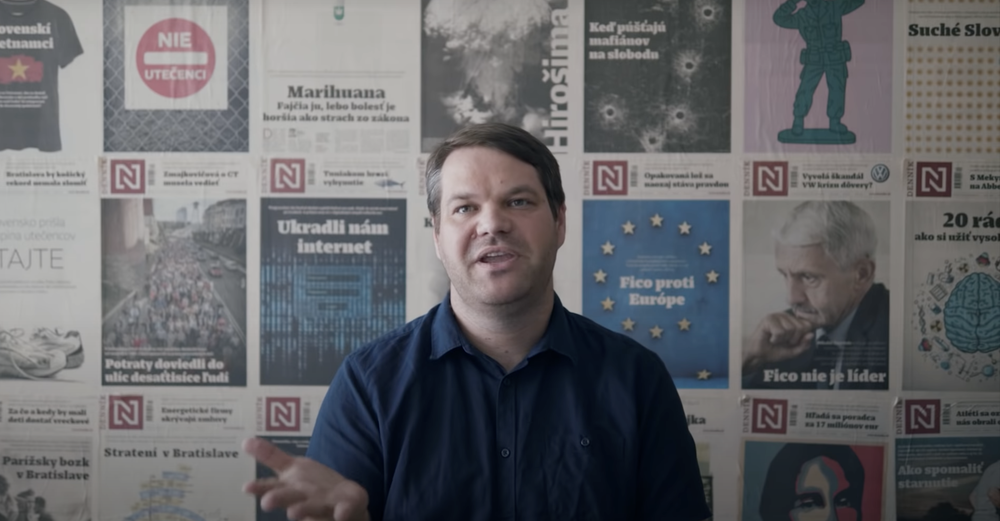The rise of social media, mobile devices, notifications, apps and news sites around the world means people have more ways to get news than ever before. Google News gives people a simple way to cut through the noise and easily find out what’s important in their local community and around the world. From local and regional news outlets to national and global perspectives, Google News brings together diverse journalism to help us better understand our world.
Our vision for Google News is focused on strengthening access to local news, providing access to a diverse range of sources, and addressing misinformation while protecting the open web.
Today we're announcing a number of ways we're working to help people around the world find a broad array of authoritative news, through global support to news organizations and product innovation.
The new Google News
Google News is available in over 125 countries and 40 languages. Each month, people click through from Google Search and Google News results to publishers’ websites more than 24 billion times. Google’s algorithms use machine learning to analyze hundreds of different factors to identify and organize the stories being covered around the world.
To help people dive deeper into important stories and more easily find local news from around the world, today we’re launching a redesigned, more customizable Google News experience for desktop.
Our new look for Google News on desktop was inspired by feedback we received from readers. We’ve made it easier for you to catch up on the most important news by bringing Top stories, Local news and personalized picks for you to the top of the page.
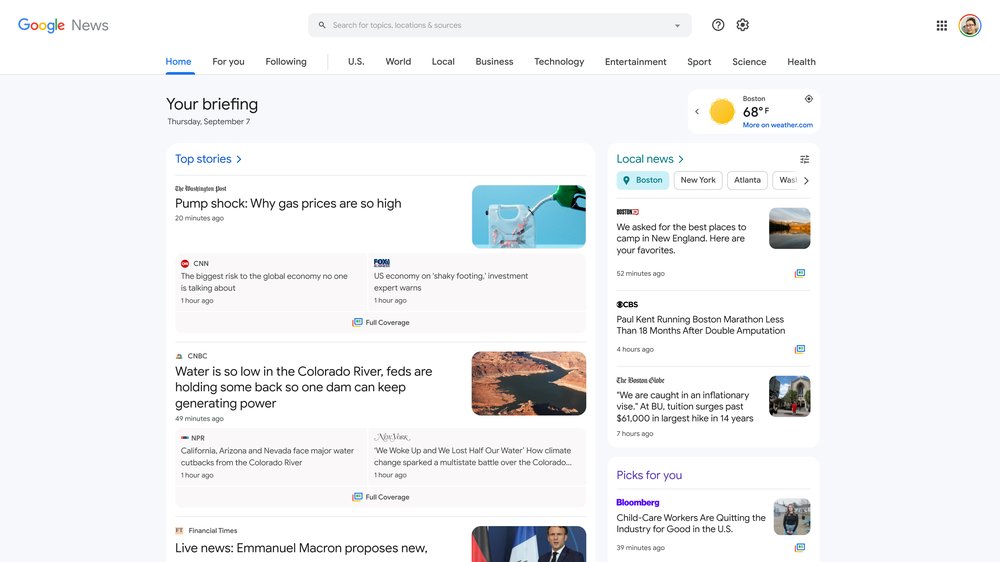
The newly redesigned Google News on desktop, with local news now easier to find.
As an example, we’ve moved our local news section to the top of the page, so it’s easier to find. You can now use the filter button to add multiple locations to your local news section, so you’ll never miss important news about the cities and towns you care about. This change is just the latest way we’re bringing local news to users around the world. Last year, we expanded a feature on Google Search so readers around the world can now see a carousel of local news stories when Google finds local news coverage relevant to their query. This helps them easily find stories from local news publishers.
To make sure this Google News desktop homepage feels truly yours, you now have the ability to customize the topics that appear. This new feature makes it simple to scroll and click through to the stories that most interest you. You can add, remove or reorder topics – just click the blue customize button in the top right of the Your Topics section to get started.
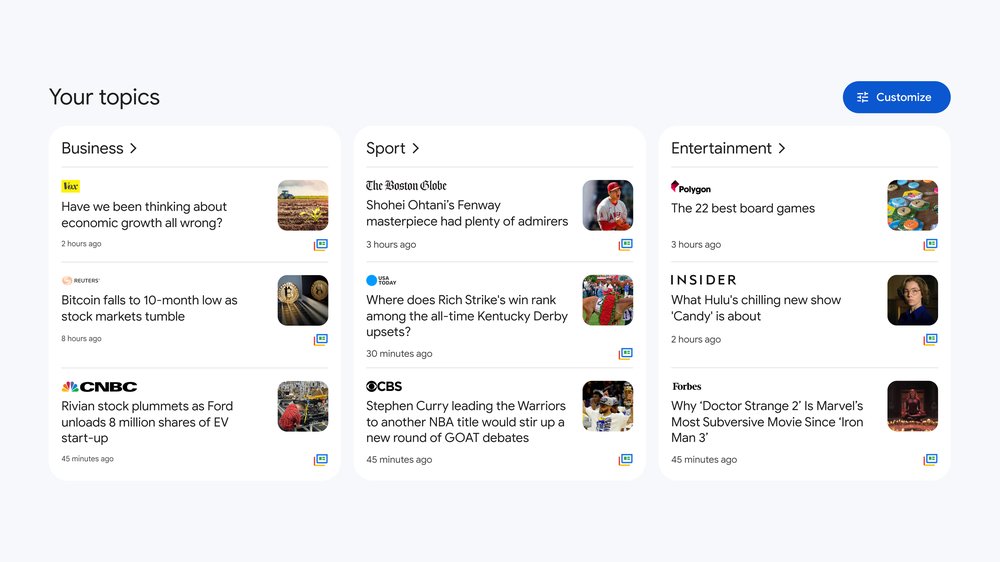
Your Topics now makes it easy to customize the subjects you’d like to follow.
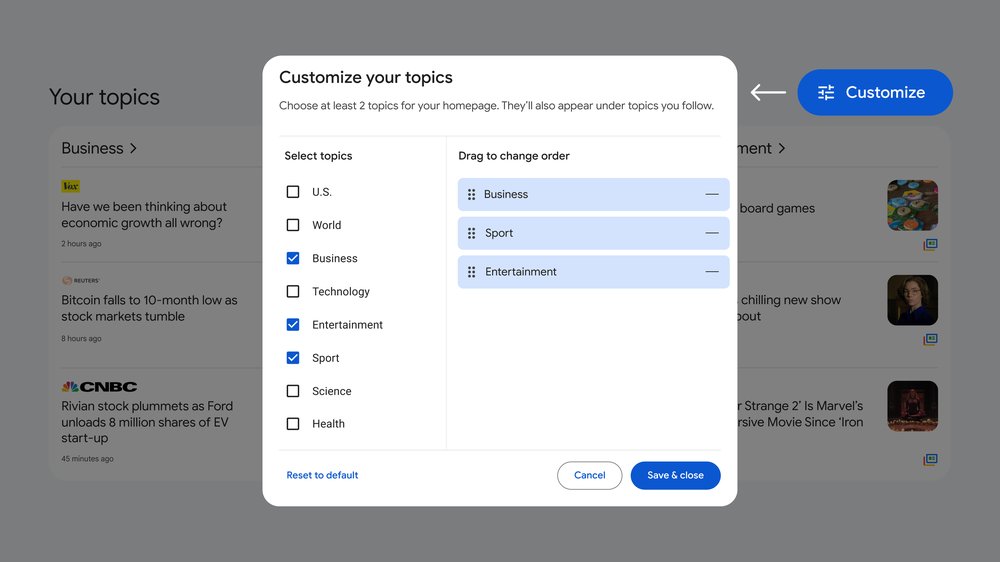
An example of the customization options for Topics in the new Google News desktop.
To help you make more informed judgments about the information you come across online, we’ve expanded our Fact Check section in Google News on desktop to provide more context. In addition to headlines, you’ll now see the original claim made along with the fact-checked assessment from independent organizations.
This is one of the many ways Google is helping support media literacy. You can also find more information about sources right on Google Search, called About This Result. Next to related Search results, you’ll see three dots that you can tap to learn more about the result and where the information is coming from. With this extra context, you can follow expert recommendations to check the source and see what others say about a topic, helping you make more informed decisions about the sites you may want to visit and what results will be most useful for you.
As part of our announcements today to bring a redesigned Google News to people globally, we’re also announcing that after an eight-year hiatus, Google News is returning to Spain. This is a result of a new copyright law and we hope that the return of Google News to Spain helps more people find more news, from more places, and helps publishers find new readers
How we’re helping journalists
Having access to news goes beyond individuals’ experiences day to day – it's also about finding ways to help the news industry stay successful. Through the Google News Initiative, we partner with news publishers around the world to build a long-lasting, diverse and innovative news industry. We do this by offering training, programs, funding and products to journalists and newsrooms to help strengthen their work in the digital age.
One of the GNI’s goals is to elevate the work of diverse publications around the world. As part of that effort, we’re officially opening the applications for our Global News Equity Fund, our multi-million dollar commitment to help bring more diversity and equity to the news industry. Independent journalists and small and medium-sized news organizations producing original news for minority and underrepresented audiences are eligible to apply by July 21 for funding to support and expand their news operations.
We’re also announcing the first round of recipients of The Data-Driven Reporting Project, a partnership between the GNI and the Medill School of Journalism, Media, Integrated Marketing Communications at Northwestern University. The first round of funding awards around $1 million to help journalists serving local and underrepresented communities, supporting their work to publish document-based or data driven investigative stories. The 22 winners are from the U.S. and Canada. Medill will provide specialized training, expertise and resources to award recipients. Google played no role in the selection of jurors or individual projects. Applications for a second round will open later this year.
As another part of our continued commitment to supporting local news in the U.S., we’ll invest in a local news advertising campaign placed with local outlets. We’ll also continue to partner with local news associations to offer programs that will support long-term digital transformation and sustainability.
20 years of Google News
This year marks the 20th anniversary of Google News. When it launched, Google News broke new ground in news aggregation by gathering links in real time, grouping articles by story and ranking stories from publishers worldwide.
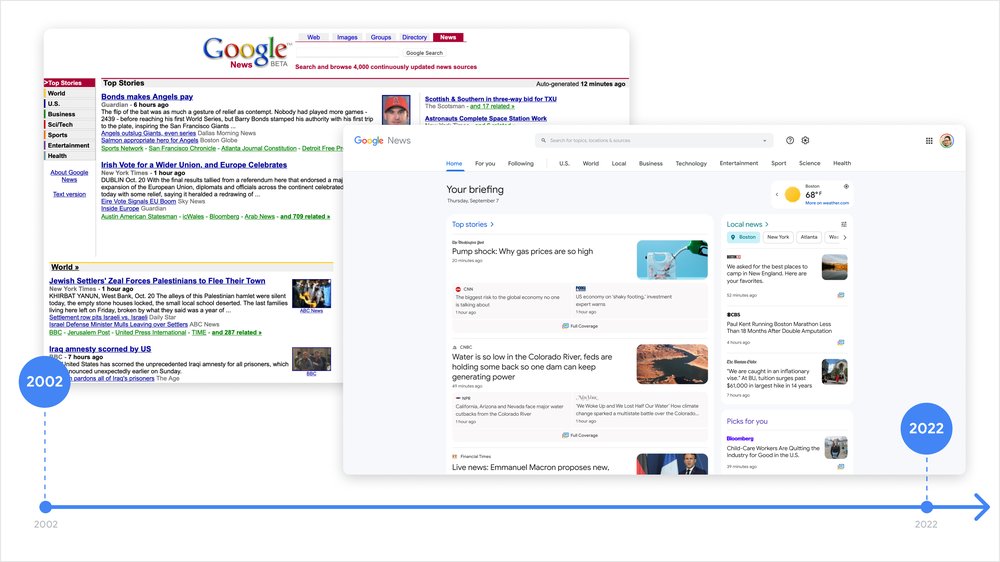
How Google News on desktop looked in 2002 versus how it looks now in 2022.
The world has changed a lot in the past 20 years – and the way people learn and seek information, and how news organizations cover the news, have changed with it. At Google, we’re committed to work with publishers, governments and civil society to build a future of news that meets the new ways people look for and consume news.
Here’s to the next 20 years.
